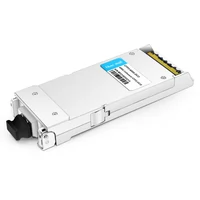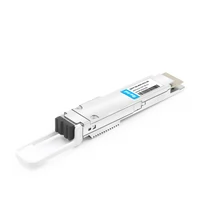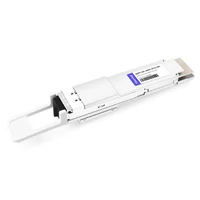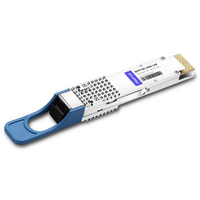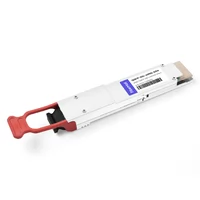Table of Contents
ToggleIPoWDM and IP+WDM Architecture
IPoWDM as a concept is not new, it has been around for many years. Its basic premise refers to the ability to deploy transport optics within a router platform, enabling layering and simplifying the network.
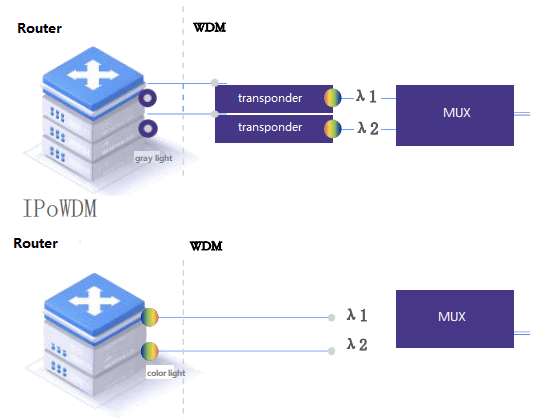
It is also claimed that IPoWDM can reduce costs, mainly by eliminating short-range network components interconnecting optical devices and optical common equipment that houses them. Because it is attracted by its supposed network simplification and economic improvements, some communication service providers (CSP) have already opted for IPoWDM.
Since the network and operational requirements are far more complex for CSP than the basic needs of a cloud service provider. Once the CSP’s network requirements are factored in, the prospect of IPoWDM collapses, leaving the CSP with a multivariate problem: in order for IPoWDM to work, very small-sized pluggable devices are required. However, in order to get the pluggable devices down to QSFP-DD size, critical features, and performance need to be sacrificed.
CSP Network/OAM Challenges
Communication Service Providers (CSP) have more complex network requirements than the Cloud SP market niche. The requirements for CSP optical networks are as follows.
- Meeting requirements from DCI, metro, backbone, and submarine.
- A rich ROADM network means wavelengths must pass through many ROADMs.
- The desire to maximize spectral efficiency.
- The desire to maximize total system capacity.
- Need to support multiple client speeds: legacy subrates, 1G, 10G, 25G, 50G, 100G, and FlexE.
- The desire to support maximum line speeds per distance, using programmable modulation formats for both legacy and proprietary line rates: 200G, 400G, 600G, 800G, etc.
As a result, the communications industry has wavered in its appeal to IPoWDM, which will succeed only in a very narrow niche. At the same time, the optical device is too large and the power consumption is too high, so it cannot be applied to the router platform. Large optical devices with high power consumption will reduce the basic routing capabilities of IP network components and will be unsustainable for many CSP networks and applications. In contrast to IPoWDM, large-scale deployment still belongs to IP+WDM and its mature functional ecosystem.
The Lasting Value of IP +WDM
From an economic perspective, dedicated optical platforms can match performance with the required combination of power and form factor.
MSA modules: submarine, long-haul, and high-performance metro-regional routes can use MSAs with maximum transmission capacity and performance;
CFP2 modules: metro-regional can use CFP2, matching form factor and power, reducing transmission performance requirements, but with full client-side and line rate support options, and better ROADM throughput;
QSFP-DD modules: Professional market positioning, P2P, spine-to-spine, and greenfield networks.
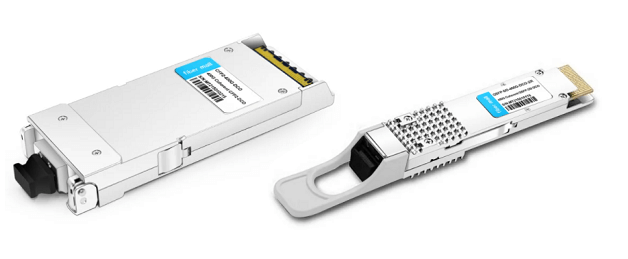
The 400G CFP2 DCO and 400G QSFP-DD ZR transceiver of FiberMall
With less stringent form factor requirements, the optical platform can support more robust transmission capabilities to pass all ROADM deployment scenarios. Transmission can support ultra-long distances.
In terms of maximizing spectral efficiency and total system capacity. In the IPoWDM scenario, spectrum efficiency requirements are loosened as part of the design tradeoff to minimize space and power. For IPoWDM, a spacing of 100 GHz is required to achieve 400G transmission, and this may be acceptable in the case of service providers that are very fiber-rich (for the foreseeable future). However, with IP + WDM, the spectral efficiency is significantly higher at 100 GHz spacing for 800G transmission. For most CSPs, maximizing spectral efficiency is a long-term requirement.
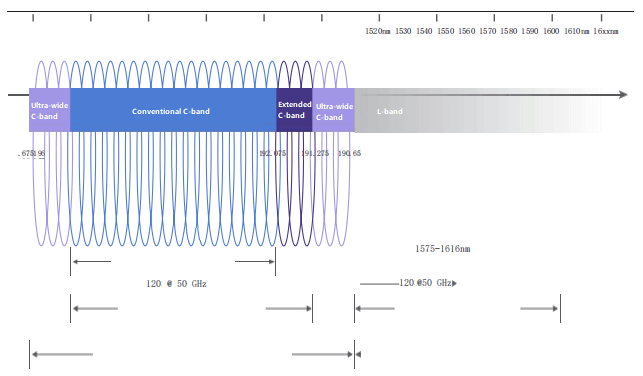
In addition to spectral efficiency, CSP typically seeks to maximize the use of the available spectrum. Currently, 80 wavelengths are very well established for use within the C-band. The industry has increased the available spectrum within the C-band to Super C, transmitting 120 wavelengths. Meanwhile, the L-band is also growing rapidly. Service providers have requested support for C+L to expand system capacity.
In terms of client-side and line interface requirements, the IPoWDM architecture requires that all different client traffic be aggregated over a specific IP router port, such as 400G, which may not be the most economical option for many operators. In contrast, IP +WDM solutions can leverage aggregation capabilities within the access network and use optical transport network (OTN) switching capabilities to efficiently match different client-side speeds at different wavelength speeds.
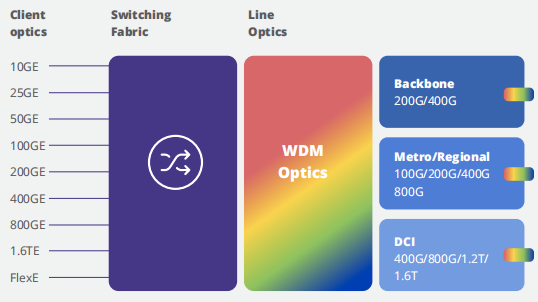
Also, in the data center scenario, IPoWDM claims it offers greater flexibility, but it actually introduces rigidity in the system. 400G ZR demand emerged after more than two years of delay in its technical maturity and volume delivery, so much so that the main proponents of 400G ZR have shifted their strategy to 200G in the short term, 800G in the long term plan, and intend to completely skip 400G ZR.
Is it IPoWDM, or IP+WDM, what do you think?
Related Products:
-
 CFP2-400G-DCO 400G Coherent CFP2-DCO C-band Tunable Optical Transceiver Module
$6500.00
CFP2-400G-DCO 400G Coherent CFP2-DCO C-band Tunable Optical Transceiver Module
$6500.00
-
 QSFP-DD-400G-DCO-ZR 400G Coherent QSFP-DD DCO C-band Tunable Optical Transceiver Module
$6000.00
QSFP-DD-400G-DCO-ZR 400G Coherent QSFP-DD DCO C-band Tunable Optical Transceiver Module
$6000.00
-
 QSFP-DD-400G-DCO-ZR+ 400G Coherent QSFP-DD DCO C-band Tunable Optical Transceiver Module
$6500.00
QSFP-DD-400G-DCO-ZR+ 400G Coherent QSFP-DD DCO C-band Tunable Optical Transceiver Module
$6500.00
-
 QSFP-DD-400G-LR8 400G QSFP-DD LR8 PAM4 LWDM8 10km LC SMF FEC Optical Transceiver Module
$2500.00
QSFP-DD-400G-LR8 400G QSFP-DD LR8 PAM4 LWDM8 10km LC SMF FEC Optical Transceiver Module
$2500.00
-
 QSFP-DD-400G-ER8 400G QSFP-DD ER8 PAM4 LWDM8 40km LC SMF FEC Optical Transceiver Module
$3800.00
QSFP-DD-400G-ER8 400G QSFP-DD ER8 PAM4 LWDM8 40km LC SMF FEC Optical Transceiver Module
$3800.00
-
 QSFP-DD-400G-ER4 400G QSFP-DD ER4 PAM4 LWDM4 40km LC SMF without FEC Optical Transceiver Module
$3500.00
QSFP-DD-400G-ER4 400G QSFP-DD ER4 PAM4 LWDM4 40km LC SMF without FEC Optical Transceiver Module
$3500.00

